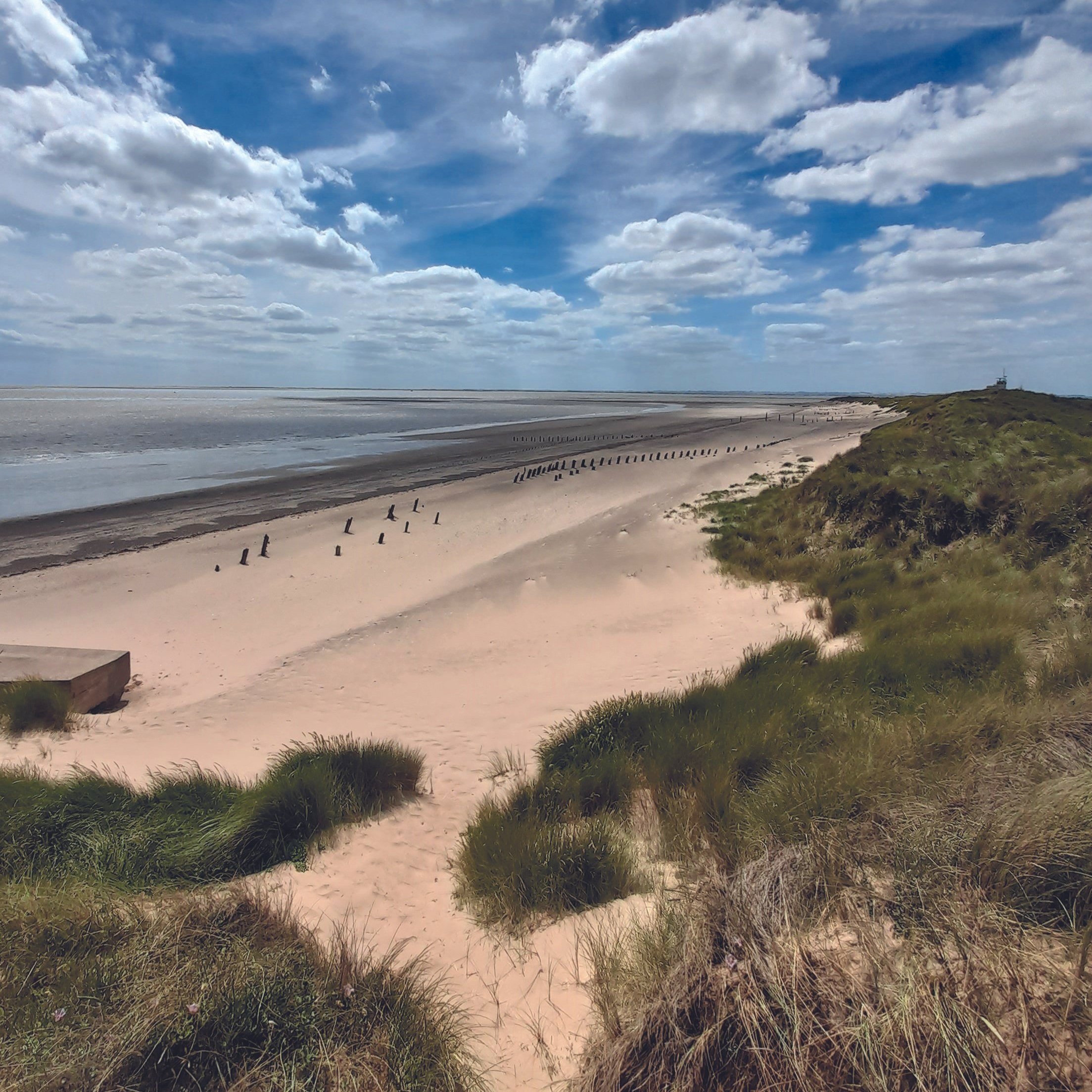Delight as wild bee orchids return to Spurn
WELCOME RETURN: A bee orchid at Spurn. Picture credit: Harry Appleyard
By Simon Bristow Co-Editor
Wild bee orchids have been spotted at Spurn Point National Nature Reserve for the first time in 30 years.
The species which was thought lost from the site since the 1990s – and which clings on in only small populations elsewhere in the area – has flowered on the reserve’s chalk wildflower meadow.
Named for its velvety lip, which looks like a female bee, the bee orchid was historically often found among coastal dunes. It was recorded in very small numbers historically at Spurn Point but hasn’t been seen for decades until surveying staff from Yorkshire Wildlife Trust counted 21 new plants at Chalk Bank, the reserve’s wildflower meadow, earlier this year.
Reserve staff believe its reappearance is due to the trust’s new conservation grazing regime, where using “Nofence collars” – GPS collars which map where cattle are and install virtual boundaries that cause the collar to buzz – allow the cattle to very selectively and carefully graze the meadows, creating just the right conditions for a wide variety of wild flowers.
The collars were purchased thanks to donations from supporters and members of the public as part of the trust’s “Amazing Grazing” campaign a few years ago.
Rosie Jaques, reserve and marine officer for Spurn Point, said: “We’ve been concentrating our conservation grazing efforts on Chalk Bank for number of years to help improve the habitat for wildflowers like the bee orchid. Thanks to the introduction of Nofence collars, we’ve been able to select more specific areas for the cows. This is an amazing result and what we hoped to see happen!
THRIVING: A bee orchid, left, and pyramidal orchid at Spurn. Picture credit: Harry Appleyard
“Spurn has lots of important and rare species like pyramidal orchids, sea holly and narrow-leaved bird’s foot trefoil. We are absolutely delighted that the work we have been doing at Spurn has meant bee orchids have been able to re-establish – and we hope the population will be able to grow over the coming years.”
Originally confined to grassland in southern and south-eastern England and scarce further north, bee orchids have been gradually extending their range northwards, especially in north-east England where they have spread along the coast.
They are highly adaptable plants, particularly to rising temperatures, and so are considered by some to be a good indicator of how much the climate and landscapes are changing.
WILD: The Spurn peninsula
Rosie said: “Yorkshire is home to a lot of very rare and important plants; the recent State of Yorkshire’s Nature report concluded that we have about two-thirds of Britain’s plant species just across Yorkshire, including rare orchids like frog orchids, burnt orchids, lady’s slipper orchids and more.
“If we are able to improve and maintain habitats that support these rare or – in the case of bee orchids – moving species, we can rebuild Yorkshire’s biodiversity for the benefit of all.”




